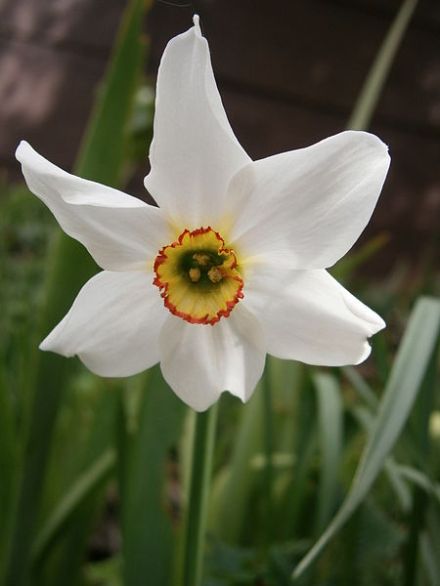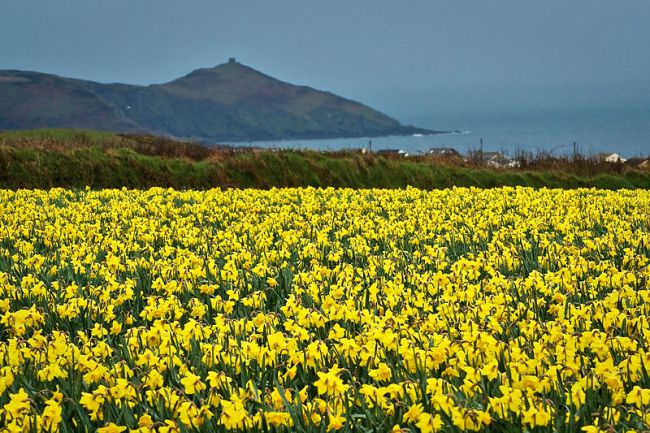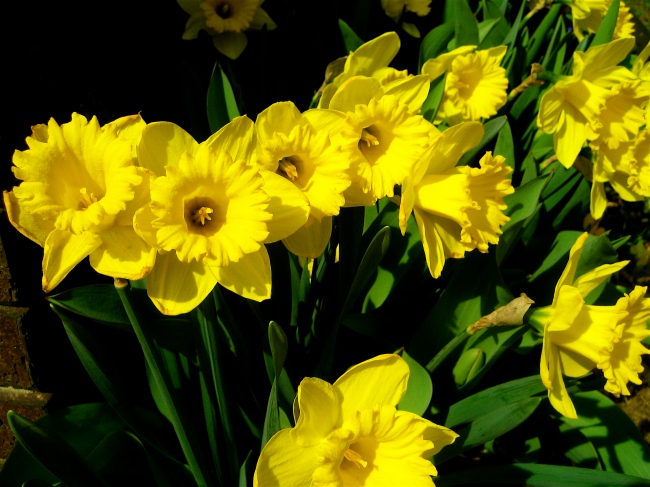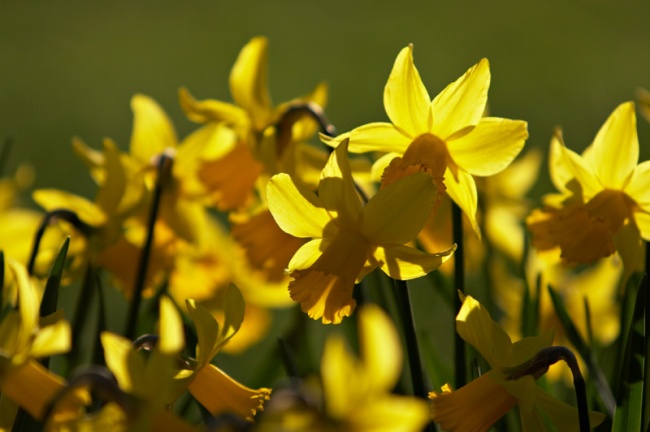
Narcissus jonquilla. Cillas. Wikimedia commons.
What can one say about jonquils without quoting many a poet? This is a plant known wide and far in literary circles, and can anyone blame poets for not writing such sundries about it? Jonquils are a florists treat in early spring, and the nose’s road to paradise. While they are native to Southwestern Europe, they have naturalized in temperate areas the world over, and don many the winter and spring garden. They are not as well represented in gardens as their larger brother the daffodil, but I daresay they ought to be considering their fragrance.
Jonquils and their allies, the tazetta and poet’s daffodils; are small cupped- i.e. the corolla of the daffodil (the cup) is smaller than the larger daffodil (N. pseudonarcissus), and the flowers themselves are smaller. They grow much like daffodils, but the fragrance is much more pronounced in the smaller flowers than in the larger ones, and with a much sweeter note. The small cupped daffodils of the jonquilla and poeticus tribe are used to make essential oils for perfume production in France- it is said the scent is a combination of jasmine and hyacinth, which I find to be fairly accurate according to my personal sense of smell.

Narcissus poeticus ‘Recurvus’. Meneerke bloem. Wikimedia commons.
In terms of looks, the poeticus group is the most visually stunning of the small cups, with a tint of red in the cup compared to yellows, whites, and oranges of the others.They have a scent much like jonquils, but are more visually appealing for the garden in my opinion. A hybrid between the tazettas (Paperwhites) and poeticus group exists called N. x medioluteus, which lacks the red tint, but does have a superb fragrance that is not as musky as paperwhites.
Filoli Gardens, in the Bay region of California, has a European style Narcissus field full of the many species listed between yesterday and today, and to catch the garden in full bloom is a delight beyond compare. The very air seems to glow with the scent and pollen of the thousands of Narcissus flowers, and the sweet Musk is truly that which is beyond compare. I was lucky to see this field in 2010 and my nose has not let me forget even after these 4 years. I would give anything to bask in the fragrance of a field of jonquils and Daffodils again! The delight to the nose is second to that of a pergola of Jasmine, and just ahead of a grouping of Ylang ylang in my mind. One note of mention, certain Narcissus are only fragrant by day, while others grow in intensity by evening. Jonquils and poeticas tend to increase towards evening, but Daffodils are paperwhites are all but scentless by sundown. Then again it is too early in the year for night fragrant gardens, but I still do find it a small inconvenience for the average working person.
Well I don’t know how the next few days will shake up in my world between the travels I plan on taking in the next few days, but if I get to them- I plan to cover Mahonia, and spring flowering Magnolia before jumping into the April bulbs.



